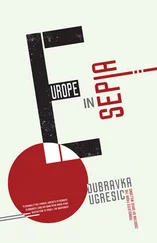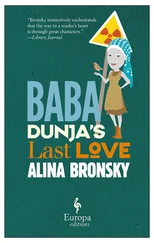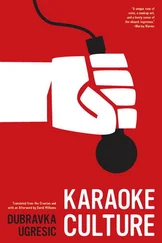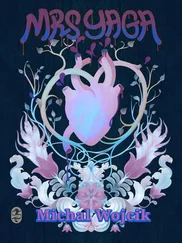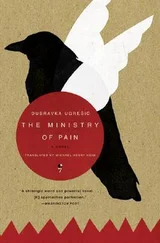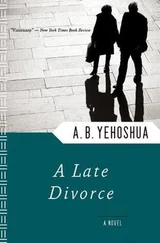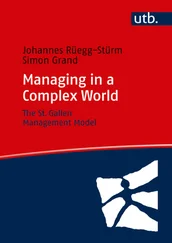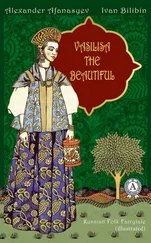In the language of our contemporary culture, a discriminatory gender linkage between women and dolls is stubbornly persistent. People often coo over little girls: ‘My little doll!’ or ‘You’re as sweet as a doll!’ Young girls are ‘as pretty as a doll’; they are ‘Barbies’, ‘babes’ or even ‘dolly birds’. People don’t see anything odd when grown-ups carry their childish nicknames around.
As for Pupa, Beba and Kukla, that trio has its roots in old Indo-European mythology, where goddesses appear in threesomes: as three different goddesses (like the Greek Moirai , the Roman Parcae and the Nordic Norns ), then as a single goddess with three functions, or a triad that represents the life cycle: maiden–mother–crone.
Slavic mythology, too, is familiar with the Fates, the goddesses that ordain human fate. In Bulgaria, for example, they are called orisnici (or narachnici ), or sudički in the Czech language, or rođenice , suđenice or suđeje in Serbia, Croatia and Bosnia. Rodenice are invisible; they turn up when a child is born; they can only be seen by the mother of a newborn child or by a beggar if one happens to come along. What rođenice assign to people is called good luck or destiny, and it cannot be changed. In one short fragment, the author’s mother remembers the story that her own mother told her about her own birth, about seeing three women, two arrayed in white and the third in black.
I would draw your attention to one further detail. The author’s mother, in the little flat that is ‘tidy as a box’, with a wig on her head and a lipsticked mouth, is reminiscent of a doll in a labaz.
In one place, the author compares her mother, not without a certain cruelty, to ‘a traffic warden’. The labaz were also used to mark out the forest. The mother, too, stubbornly keeps a souvenir doll in Bulgarian national costume in a prominent place, completely unaware of its deeper meaning. ‘It’s to remind me of Bulgaria,’ she says simply.
A comb and a towel are magical objects that often appear in fairytales. A comb can be turned into a dense forest, a towel can be turned into a river or a sea and either can thus defend the hero or heroine from their pursuer. This pursuer is most often Baba Yaga herself. [42] ‘“Here are your comb and towel,” the cat said. “Take them and flee; Baba Yaga will set off in pursuit of you, and you keep your ear to the ground, and the moment you hear that she is drawing close, throw down the towel – it will turn into a great, broad river. If Baba Yaga crosses the river and sets after you again, put your ear to the ground once more, and as soon as you hear her drawing near, throw down the comb – a thick, thick forest will spring up, and she won’t be able to make her way through.”’ (From Baba Yaga )
The combis an important object in all mythologies. It occurs in Slavic mythologies as a deadly object, a female symbol, a means of healing and a magical means of liberation. Precisely because of the magical properties that have been given to it, the comb is associated with rules and taboos. For example, a comb must not be exposed to the gaze of the household, left out on the table or other such places, otherwise ‘the angel won’t come’ ( angel ne sjadet ). Combs have medicinal and protective effects: if somebody was losing his hair, people would comb his scalp with a comb for carding yarn. The comb (and bobbin) were kept in cradles so that the infants would sleep soundly. The South Slavs had a habit of wedging one comb into another, which – in an era without antibiotics! – served as a defence against sickness.
In ceremonies linked with childbirth, a comb served as a symbol of women’s destiny. A newborn boy’s umbilical cord was cut with an axe, but with girls, it was cut with a comb. At christenings, the midwife would hand a male infant to its godfather across the threshold, and a girl across a comb.
Combs were used for prophesying. Girls would place a comb under their pillow when they went to bed with the words ‘Destined one, come here and comb my hair!’ ( Suzhenyi, ryazhenyi, prihodi golovu chesat! ). If the maiden then dreamed of a young man, it was believed that he would be her chosen one. This is why young girls were given the gift of a comb at weddings.
A comb that was used to comb the hair of a deceased person was held to be ‘unclean’; it would be thrown away in a river, so that death disappeared from the house as soon as possible ( chtoby, poskorej uplyla smert ), or it would be put in the coffin with the deceased, along with whatever remained of his or her hair.
The towel, linen, kerchief, napkin, shirt, embroidery – all these things are of the highest importance. Vassilisa the Wise, for example, has three crucial possessions which make her strong: a napkin, a comb and a brush.
Sometimes we come across Baba Yaga in fairytales with a bobbin in her hand, and she often gives the heroine of the tale a weaver’s task to do. [43] ‘The little girl came and arrived, came and arrived. The little hut stands still, and Baba Yaga bone leg sits in it, weaving. – “Hello, auntie!” – “Hello, dearie.” – “Mother sent me to borrow a needle and thread to sew up my shirt.” – “Very well, sit yourself down without ado, and weave.”’ (From Baba Yaga )
What is more, if Baba Yaga is well disposed, she will give the heroines gifts beyond price: a golden ring, bobbin and embroidery frame. [44] In the fairytale called Palunko the Fisherman and his Wife , by the Croatian writer Ivana Brlić-Mažuranić, the goddess Dawn-Maiden gives ‘embroidered linen and a pin’ to a faithful wife, and these things save her from misfortune. ‘A white sail arose from the linen, and the pin turned into a ship’s wheel. The wind filled the sail until it bulged like a bonny apple, and the wife grasped the wheel with her horny hand. The wreath around the shuttle broke, the shuttle flashed across the vast sea like a star across the blue heavens! Wonder of wonders, the boat flies from the dreadful pursuer, and the fiercer the hunt, the more it helps: the stronger the gale, the faster the boat runs before it, and the faster the sea, the faster the boat across the sea.’
The bobbins, the hanks of yarn and the yarn itself connect Baba Yaga with ancient Ananka, who rules the world and every single destiny in it. The yarn also connects Baba Yaga with the Moirai , who spin human destiny: black thread for black destinies and white or gold thread for the lucky ones. Baba Yaga’s balls of thread, which help the heroes to reach their goal, are like the ball that Ariadne gave to Theseus so that he could find his way out of the labyrinth when he had killed the Minotaur. Those weaver’s threads connect Baba Yaga with all those powerful old women who oversee the weaving work that women do.
The weaving, spinning, embroidering and sewing that women do have a ritual-magical significance in many cultures. A specially woven piece of linen has protective powers. During plague or cholera epidemics, old women and widows wove linen and sewed towels from the linen. The towels would be placed in the church, hung up on icons or laid in a ring around the house. The aim of these rituals was to protect the place from sickness.
In Serbia and Romania, old women – usually nine of them – would gather at midnight and weave linen in total silence. They would stitch the linen into a shirt, which the young men would take turns to wear before they went off to war. Donning the shirt was meant to protect them from death. There is a magic shirt in Russian fairytales that makes the hero invulnerable.
Читать дальше

